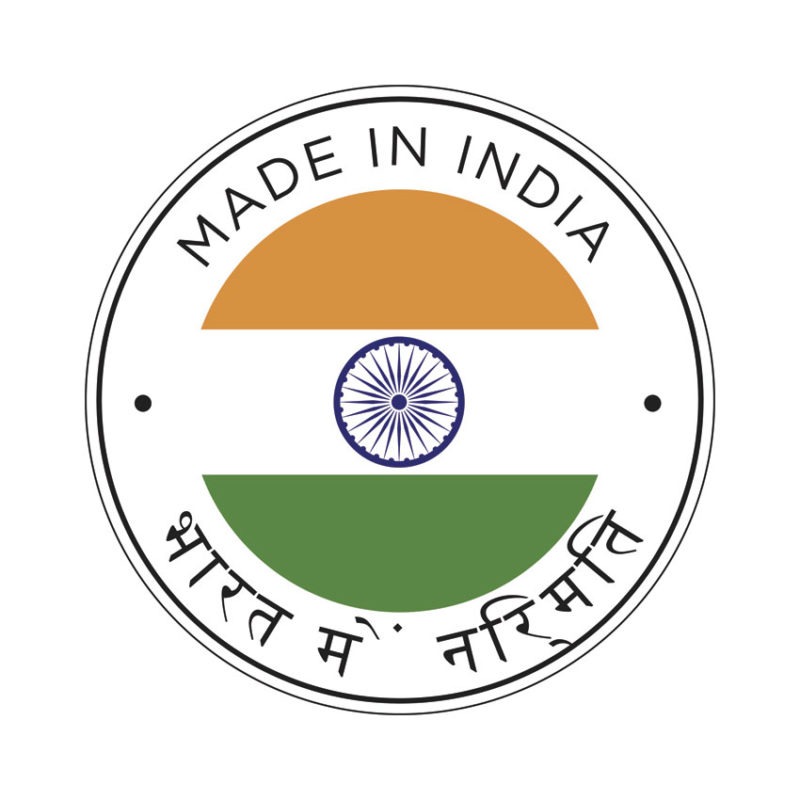Renewed Thrust to Growth: Economic Health Must be India’s 2020 Resolve
In the third quarter of 2019, when anti-Citizenship Amendment Act 2019 and anti-National Register of Citizen protests are rocking various parts of India, in varying forms and levels, the country’s economic health has fallen to lows that have flagged deeper concerns on declining growth that can be ignored only at the peril of risking a major depression, writes Priyanka Bhardwaj.
Going by indicators of Gross Domestic Product (GDP) of 4.5 percent in the July-September, the sixth consecutive quarter when the growth rate has fallen, and those of exports, imports, manufacturing and production, consumption, and real government all in the red or negative categories, economists are openly terming it as an extraordinary slowdown.
For a political party whose 2014 General Elections’ manifesto talked of furthering Hindutva, fighting corruption, and developmental economics, with no development or vikas happening on ground, and the economy in a tailspin or even heading toward a potential crash, the stress of intensified debts is a surprise, but one which built up over time, and betrays no signs of propelling toward growth with any minor rejigs or fiscal stimulation and reduction of corporate taxes.
The decline in the promise is amply evident in the composition of the economy, with the share of industry dipping drastically, without having touched the peak, and capital investment too in the wane.
Defining this downswing, the former head of International Monetary Fund, Josh Felman, elaborates on the country’s Four Balance Sheet” challenges erupting in the areas of banks, infrastructure, plus NBFCs and real estate companies that are ‘trapped in an adverse interest growth dynamic”, and Arvind Subramaniam, former Chief Economic Adviser, holds the twin balance sheet problems, occurring in two phases, as surmounting debts, raised from bank borrowings, and liabilities of private steel, power, infrastructure and real estate companies corporates, followed by reversals in the non-banking financial and real estate sectors, and demonetization leading to contractions in investment, exports and consumption, with the eventual resultant of a high interest-growth differential.
Endorsing caution to the center, for not losing gains from its settlement of the longest running Hindu-Muslim dispute over the Ram Mandir construction issue, Rajya Sabha lawmaker and a former professor of economics from the Harvard University, Subramanian Swamy, has called out his own government for its inability to reign in the skyrocketing unemployment owing to the failures of the quixotic demonetization shock and cumbersome Goods and Services Tax policy.
In his recently authored “Reset: Regaining India’s Economic Legacy’ he states, “The economic situation is so bad that it could cost the BJP the Jharkhand and Delhi Assembly elections”, and estimates real growth to be around 1.5 percent and not the government projection that is based on an erroneous methodology of GDP calculation.
The issues as he lays out are on the demand side and not supply, high personal income tax rates, crippling interest rates on small and medium enterprises, low fixed deposit rate, inadequate incentivizing of corporate toward social contributions, and falling public investment that have come together to depress the sentiments of the middle class, who according to him are the primary generators of growth and consumption.
During the recent pre-Budget consultations with industry leaders the Finance Minister Nirmala Sitharaman received specific requests for reviving the animal spirits and freedom of industry around mergers, demergers, NCLAT processes, enhanced and time bound dispute resolution mechanisms, reversal of rural distress, leverage of social funding, fast-tracking of FDI approval process, harnessing of public-private partnerships, prevention of dumping and predatory pricing, and separately from trade unions demands for raising of minimum wage of Rs.21, 000, minimum pension of Rs.6, 000, and tax exemption on annual income of up to Rs.100 000, and reduced taxation on income of up to Rs.200, 000 to increase consumption.
To encourage India Inc’s mood, the Prime Minister Narendra Modi recently made a case for reversing the current slowdown and return to high growth trajectory with exhortations to firms to take bold investment decisions, assuring them of appropriate government action to augment genuine corporate decisions, and highlighted massive fund infusion in infrastructure and agriculture in line with his government’s push toward a USD 5 trillion economy by 2024.
The World Bank’s recent report on doing business in which India was placed at 142nd position among 190 nations, and its ranking among the top 10 nations that made continuous improvement in the last three years may be positive signs, but the grim realities of compressed consumptions owning to poor rural income output and growth, and inflationary expectations, regulatory overkills by the administrative machinery coupled with delays around new insolvency and bankruptcy codes further adding to the uncertainties and reduction in banks’ risk taking appetite have only confounded moves to seriously address structural slowdowns, something that only invites strong government denials.
True to its purpose, the government and the Reserve Bank of India (RBI) are devoting mindshare to tying up loose ends and attempting to pump in the much needed mojo in the economy, but efforts to accelerate are largely lacking in direction, as seen in the attempt to plug the fiscal deficit with the singular option of strategic disinvestment but one which has left the RBI eroded of 1.60 lakh crore rupees.
Till sometime back the government found cheerleaders who effused confidence in its ability to make major turnarounds, but with several experts predicting weakening of growth in global economies in the coming year, emerging markets such as those of India are expected to experience offsets and witness further decline, contrary to earlier market assumptions.
At a fraught time as this, it is also risky for the central or provincial ruling dispensations to allow for disharmony in center-state, nation-citizenry and communal relationships, and, rather they would do well to deepen trust quotients with supportive legislations and step back from controversial ones.
As economic history tells us demographic frenzies and mayhem do impinge on development and could be dampeners for long-term investment in India and for companies and entrepreneurs looking to bet on projects here, and to prevent this, the government must task itself with more informed and reformed legislative, police and justice systems.
For a government that has not allowed a single communal riot to occur in its tenures these ends are not unattainable fancies and it would be the quality of economic governance that shall mark “Uniter In Chief”, Prime Minister Narendra Modi’s legacy, whether it is able to stop the economic downslide and bridge the Bharat and India economic divide before the demographic dividend peters out.


